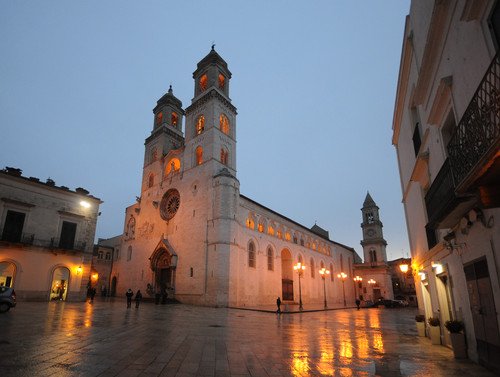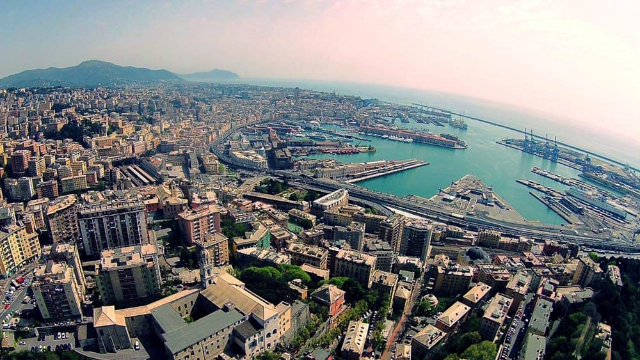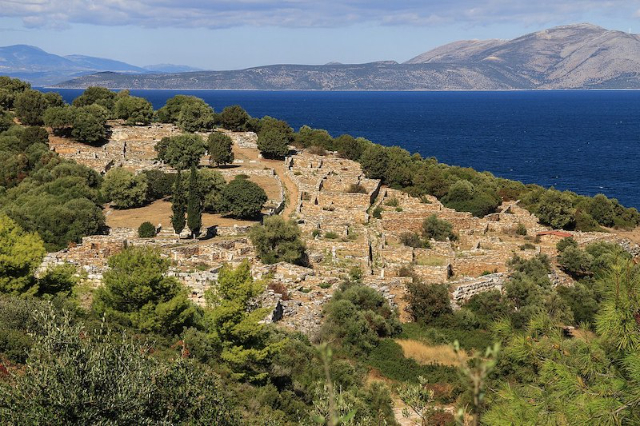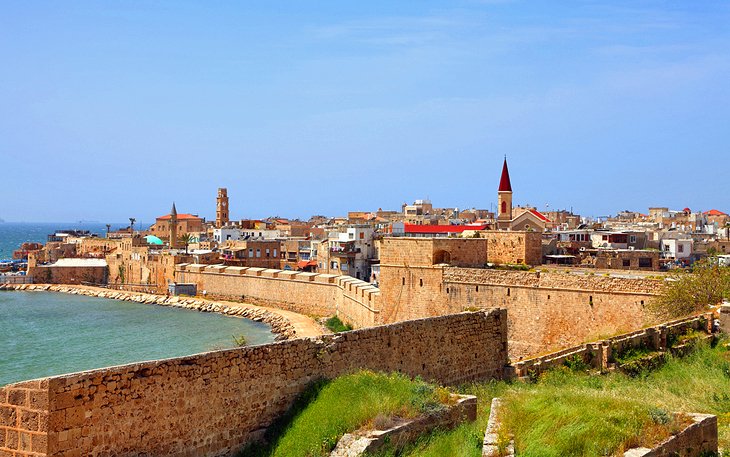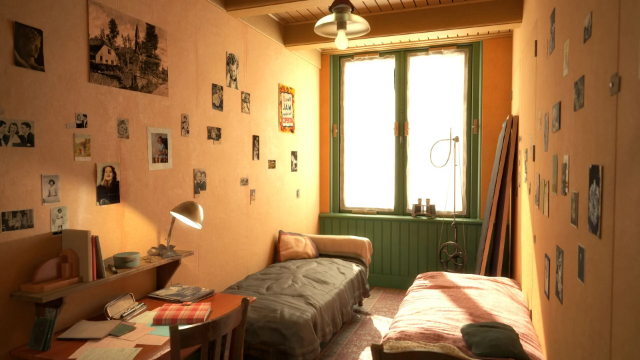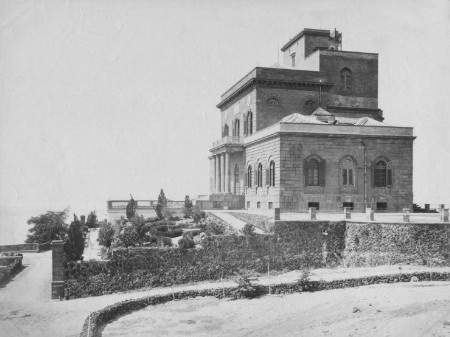The cityà s origins are shrouded in several legends, the best known concerning the figures of Althea and Altello. According to a first legend, the cityà would take its name from Althea, queen of the Myrmidons, who came to these places following her flight from her homeland. Another myth traces it back to Anthello, hero of Troy and companion of Aeneas: having fled from the city of Troy, Aeneas continued on to Latium, while Anthello stopped in Apulia and built the city of “Alter Ilium” which means “Alter Troy”. Historically, however, the cityà takes its name from the megalithic walls (“high-wall”). There were some settlements in the area already during the Bronze Age, but it was not until the Middle Ages that the city gained importance thanks to Frederick II of Swabia. It was then a fief of various noble families, always aspiring, over the centuries, to freedom: in fact, it managed to govern itself without being subject to the Aragonese; upon the arrival of the Bourbons, the citizens united in what was known as the Altamura Revolution (it then had to surrender after two days); during the Risorgimento it was the seat of the Barese Insurrectional Committee. Thanks to these episodes Altamura is rightly called the “Lioness of Puglia”.
The historic center è famous for its perfectly circular shape, but above all for the cloisters, a mirror of the mixture of several cultures that throughout the historical periods have characterized the cityà. The cathedral ‘architectural unicum’ dates back to 1232 and was commissioned by Frederick II of Swabia.
